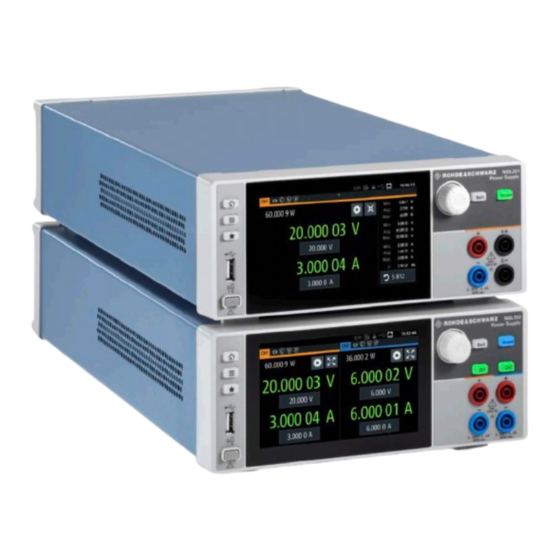
R&S NGL200 Series User Manual
Hide thumbs
Also See for NGL200 Series:
- User manual (150 pages) ,
- Getting started (30 pages) ,
- Instrument security procedures (7 pages)

















Need help?
Do you have a question about the NGL200 Series and is the answer not in the manual?
Questions and answers